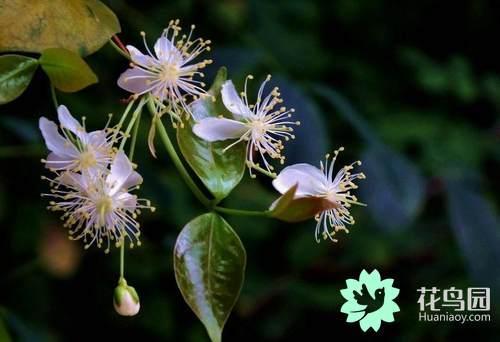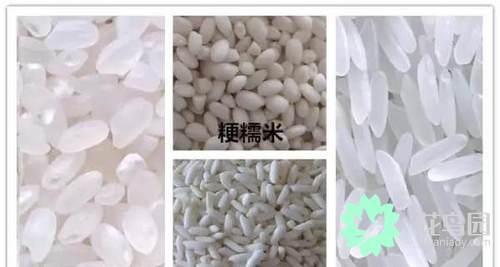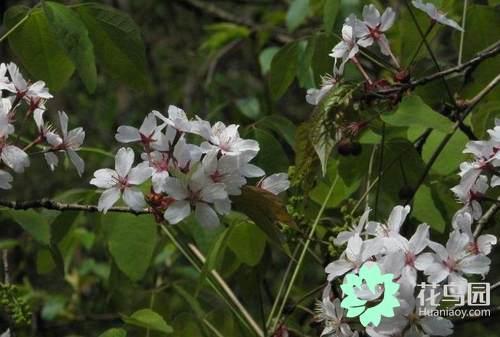How to cultivate red fruit with both good appearance and delicacy?

Red fruit is the myrtle family, cherry genus, shrubs or small trees, alias: Brazilian red fruit, sakura, Prunus chinensis. Native to Brazil, there is a small amount of cultivation in the south of China. Red fruit has a beautiful tree shape, dark green leaves, evergreen all the year round; the fruit is of strange shape, full of red fruit when fruiting, beautiful color and delicious taste, which can be cultivated in courtyards and parks, or can be watched in pots. Characteristic red fruit pulp succulent, slightly sour, edible, and can make high-quality fudge.
The red fruit can be up to 5 meters tall and the whole plant is glabrous. Leaf blade papery, ovate to ovate-lanceolate. Flowers white, slightly fragrant, solitary or several clustered in leaf axils. The berries are globose, 8-angled, crimson when ripe, with 1 or 2 seeds. The flowering and fruiting period is from March to April and the fruiting period is from May to June. Red fruits like light, warm and humid environment, tolerance to semi-shade, drought and cold tolerance. It grows well on fertile sandy loam with good drainage.
Cultivation techniques of red fruit
(1) Seedling technique: collect ripe fruit, clean the seeds, sow the seeds, carefully prepare the ground before sowing, dig shallow holes according to the row spacing of 4 × cm, cover the soil with 1 cm after sowing, spray water with a sprayer to keep the seedling bed moist, weed in time after emergence, fertilize with weeding when the seedling height is 5 cm, apply thin liquid fertilizer every half a month, avoid pouring fertilizer and water on the leaves, and strengthen management in the later stage. The seedling can be transplanted out of the nursery with a height of 15 cm.
(2) cultivation techniques: fertile sandy loam with soil balls with good drainage was selected for planting, and the row spacing of planting plants was determined according to the needs. Potted with garden soil, rotten leaf soil, sandy soil mixed with a small amount of base fertilizer to make pot soil, seedlings should take soil ball, after planting, pour water. During the growing period, apply thin fertilizer every 10 days, place a sunny and well-ventilated place for maintenance, pay attention to shading and cooling at high temperature, water in time, spray water around the plant, and increase air humidity. Properly erase useless buds and coring to promote plant growth and development and maintain perfect plant type.
- Prev

Cold knowledge: japonica rice, purple rice, fragrant rice, rice, millet. The article explains all kinds of rice clearly.
Rice is one of the three staple foods in the world, especially in East Asia, where many people eat rice every day. Rice originated in China and spread all over the world, so far there are tens of thousands of different varieties. In order to improve quality, breeders.
- Next

Cultivation techniques of Cherry in Central China
The petals of Huazhong cherry are white or pink and have a short flowering period. The fruit is red, edible, fine wood texture, can be used for interior decoration and carving, flower shape is unique and bright, for viewing, with the value of comprehensive development and utilization.
Related
- Wuhan Hospital Iron Tree Blooming Result Was Instantly Frightened by the Gardener Master
- Which variety of camellia is the most fragrant and best? Which one do you like best?
- What is the small blue coat, the breeding methods and matters needing attention of the succulent plant
- Dormancy time and maintenance management of succulent plants during dormancy
- Minas succulent how to raise, Minas succulent plant pictures
- What are the varieties of winter succulent plants
- How to raise succulent plants in twelve rolls? let's take a look at some experience of breeding twelve rolls.
- Attention should be paid to water control for succulent plants during dormant period (winter and summer)
- Watering experience of twelve rolls of succulent plants
- Techniques for fertilizing succulent plants. An article will let you know how to fertilize succulent plants.

